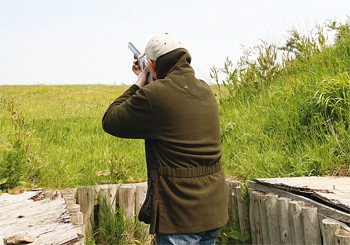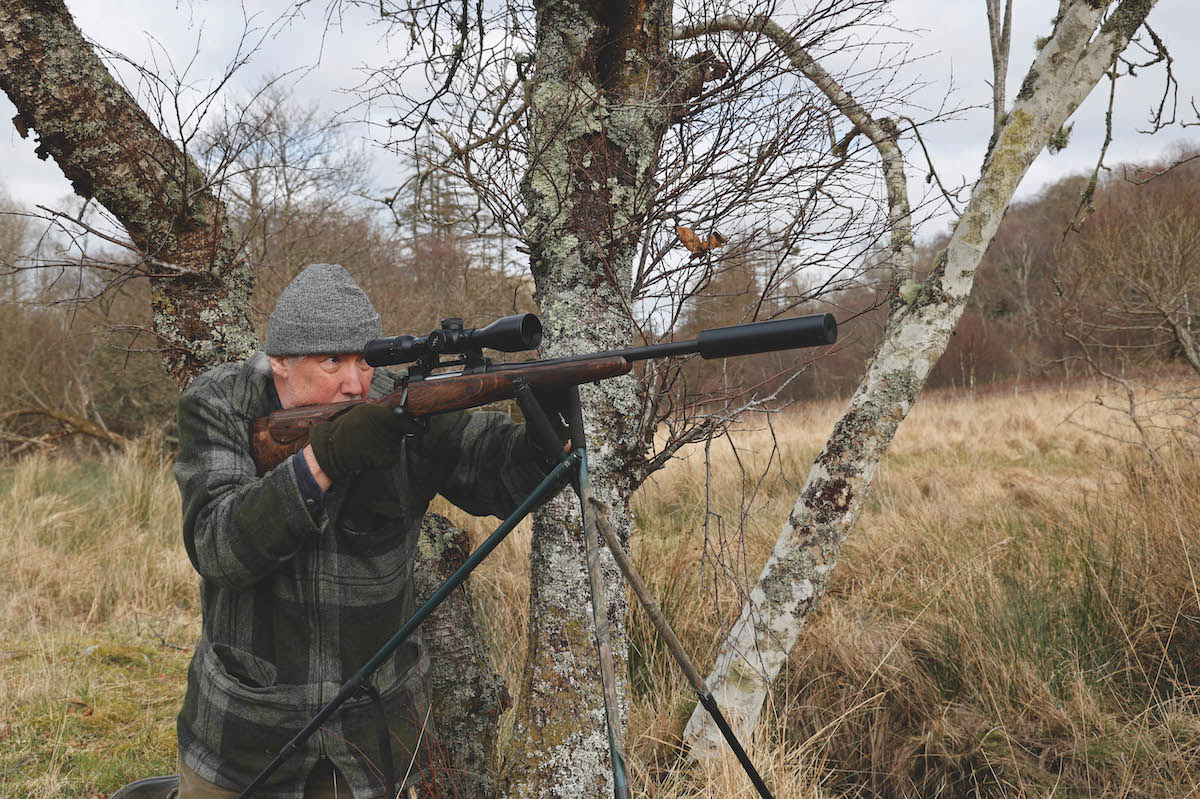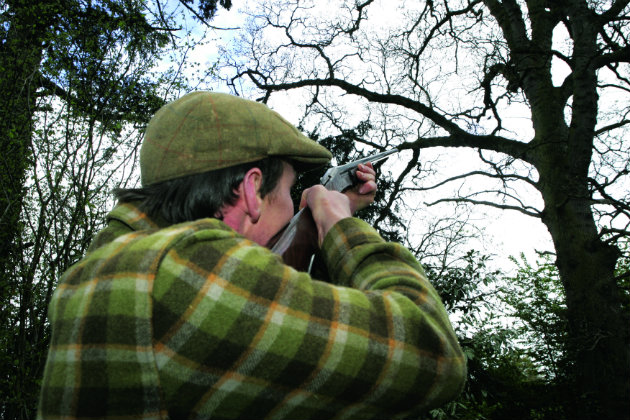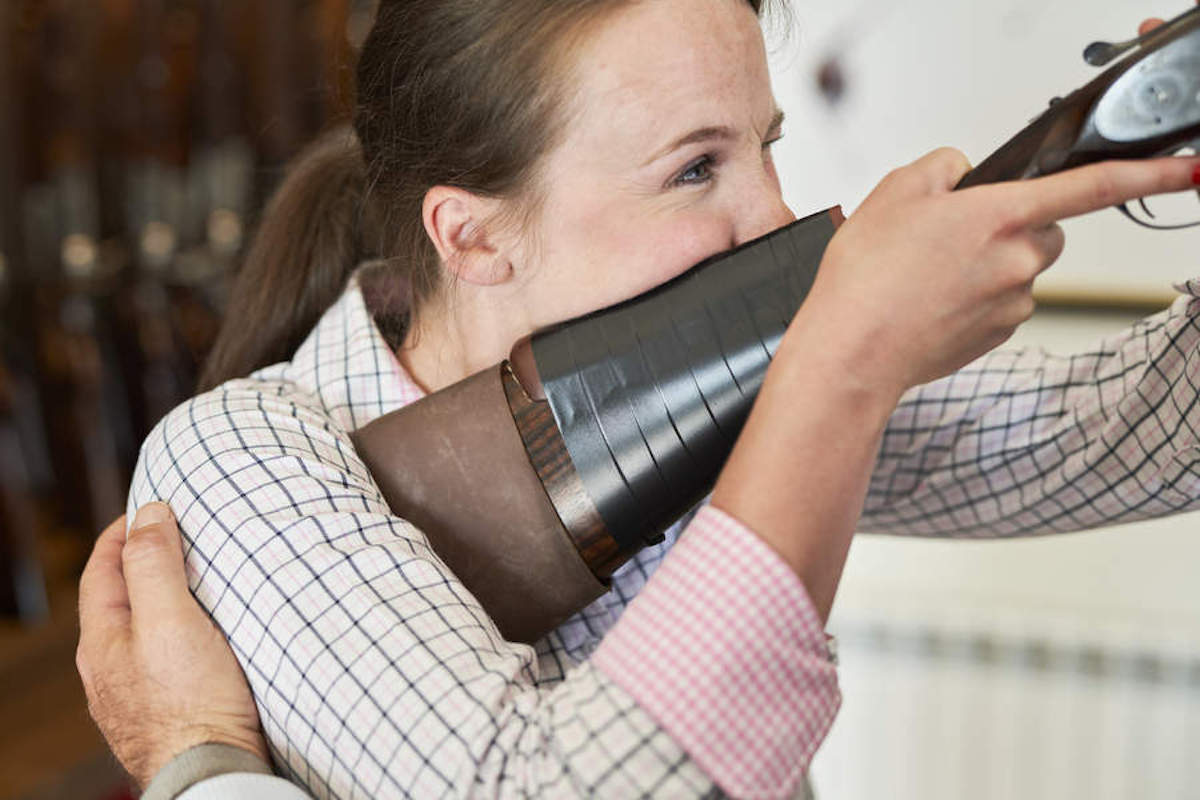When shooting I always add too much lead!

Clay pigeon shooting
JOHN BIDWELL
In the big scheme of things a miss is a miss whether it’s behind or in front. But of the two I know which one I’d rather be guilty of doing – and that’s a miss in front.
Over leading a target always leaves a slim chance that we might actually hit the thing, but shooting behind gives no possibility of a strike.
If you shoot follow-through or the pull-away method then, yes, the lead you see will be different to what anyone else sees because both techniques rely on speed of swing to put the shot on a collision course with the target.
Target height, distance, angle and speed also have an impact on how quickly (or slowly) you move the gun.
And this doesn’t take into account your own reaction time to seeing the bird, moving the gun, pulling in front and getting your brain to send the signal to the trigger finger to fire the cartridge.
In fact variable speed of swing is the reason some people say the target they’ve just hit needed three feet of lead, someone else said 6 inches and yet another swore it demanded 6 feet.
When all said and done it’s down to you to come to terms with the technique you use and how that all’s relates to forward allowance and the birds you’re shooting at.
You quite soon start learning by creating pictures of lead and how much different targets require.
Take comfort from the fact that many people automatically fire AT a target and can’t get it into their heads to pull in front – you, at least, have a head start so to speak.
Experiment with the position of your gun hold in relation to where you first see the target; take it back a bit at a time and see what effect that has.
Or if that doesn’t appeal, then adopt your usual ready position but force yourself to shoot just off the front of the bird and gradually increase the lead until you start to hit it.








